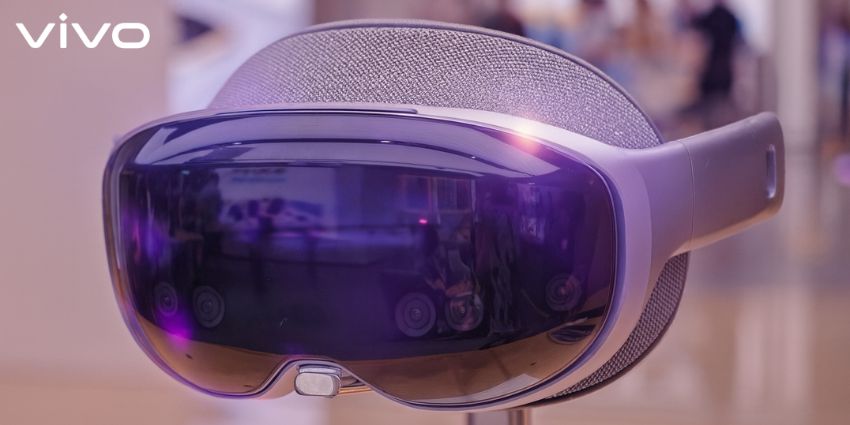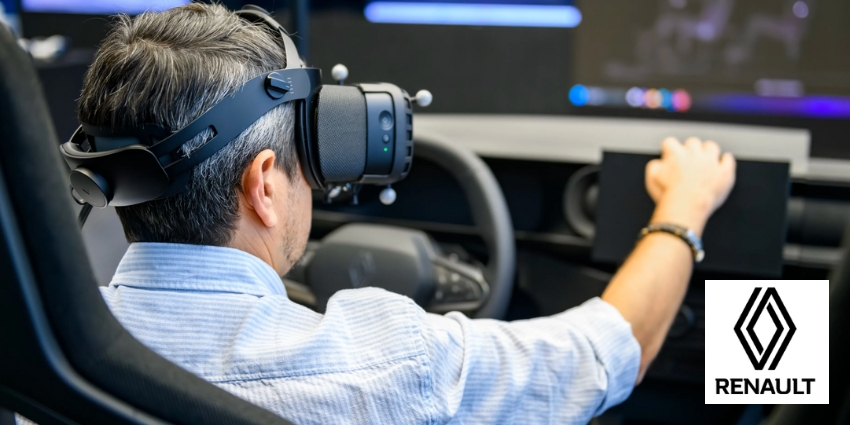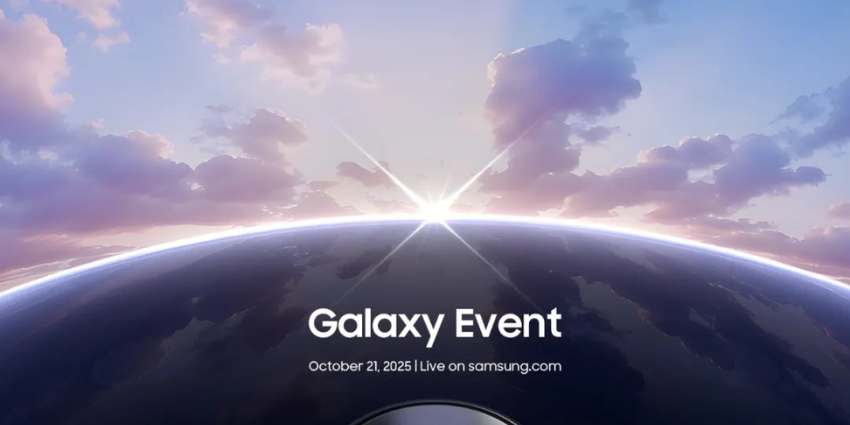While Apple positioned the Vision Pro as a premium consumer breakthrough, Vivo’s approach might hint at a different strategy. The Chinese smartphone maker’s Vision mixed reality headset launch suggests they may have identified enterprise adoption as a more viable pathway than chasing individual early adopters willing to drop $3,500 – a method which has proven fruitful in the past.
Vivo’s ‘Discovery Edition’ demo strategy and pricing could appeal to China’s manufacturing and education sectors, where mixed reality applications have clearer business cases but cost sensitivity remains high. Make no mistake about it; Chinese companies have evolved from copying products to potentially improving market strategies.
Enterprise Adoption Could Change Everything
Vivo’s specifications might indicate they’re optimizing for practical workplace deployment.
At 398 grams versus Apple’s 650, their headset could cross the threshold for extended use in factory training, medical education, and remote collaboration scenarios. Weight matters differently when you’re asking workers to wear devices for full shifts rather than consumers trying them for 30-minute entertainment sessions.
The pricing gap supports this theory. At around $1,400 compared to Apple’s $3,500, Vivo’s positioning makes sense for organizations considering fleet purchases. Enterprise customers calculate return on investment across multiple users and use cases, making the cost differential more meaningful than personal purchases where buyers are essentially betting their mortgage payment on spatial computing.
Whether their lighter design can deliver workplace-quality experiences remains the key question. Enterprise applications demand reliability and consistency that consumer entertainment might not require.
Technical Trade-offs That Tell a Story
Vivo’s displays actually exceed the Vision Pro on paper: 3,840 x 3,552 pixels per eye versus Apple’s 3,660 x 3,200, plus 94% DCI-P3 color coverage versus Apple’s 92%. The company claims 180-degree field of view and 13ms latency.
But they’re using Qualcomm’s Snapdragon XR2+ Gen 2 instead of Apple’s M2 chip. This suggests Vivo believes mixed reality applications might not need desktop-class processing power as much as they need reliable, comfortable hardware that can run for extended periods without turning into a portable space heater strapped to someone’s face.
Apple chased technological complexity with powerful computing capabilities. Vivo appears to be betting on practical functionality that prioritizes usability over raw performance.
The Patient Play vs The Premium Push
Vivo’s rollout strategy mirrors B2B adoption patterns rather than consumer electronics hype cycles. Their demo-first approach suggests they understand that proving functionality in real environments matters more than generating initial sales momentum.
Vivo describes the experience as a “Giant Mobile Cinema” and claims the headset is “26% smaller than the industry average, improving overall comfort.” This positioning focuses on immediate, tangible benefits rather than transformative computing promises.
This patience could pay off if they’re right about adoption pathways. Enterprise customers typically require longer evaluation periods but make larger, more predictable purchases once they commit. Or it could give Apple time to iterate with a lighter, cheaper Vision Pro variant.
The Sincerest Form of Flattery
This isn’t crude counterfeiting. Vivo faithfully copied Apple’s design language but applied different market intelligence.
The curved glass visor, external battery pack, and fabric light seals remain virtually identical. The premium pricing and consumer-first positioning disappeared entirely.
What emerges is strategic imitation with surgical precision applied to market psychology. Vivo identified what worked in Apple’s hardware approach and eliminated what it calculates might prevent wider adoption.
The broader implications extend beyond just these two devices.
Vivo’s approach exposes how Chinese manufacturers have evolved from often being copycats to strategic market disruptors who understand adoption pathways differently than original innovators. They’re copying success patterns and applying them with different assumptions about timing, pricing, and target markets.
But Don’t Write Off Apple Just Yet…
The real test is whether Vivo correctly identified the barriers to mixed reality adoption that Apple’s premium strategy created.
If lighter weight, lower prices, and patient market development prove more effective than technological sophistication and premium positioning, they could establish adoption patterns that Apple’s approach couldn’t achieve.
Then again, writing off Apple is a risky bet.
The company has a habit of creating premium markets that didn’t exist before, then gradually expanding them through iteration and price reduction. Apple’s influence on tech adoption patterns runs deeper than initial pricing strategies, and their ecosystem integration capabilities remain tough to match.
At its core, Apple is a winner – don’t be surprised if they fire back at the ambitious Chinese disruptor.







